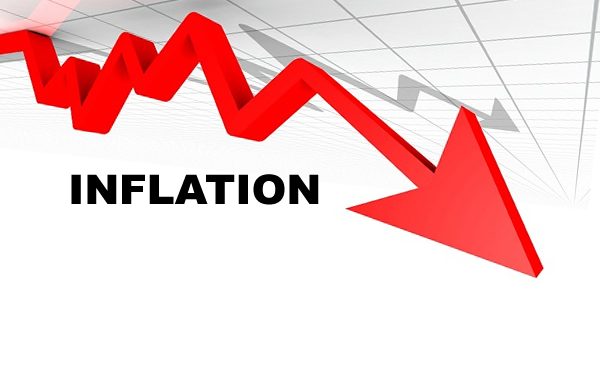The Producer Price Inflation (PPI) for Ghana fell to 10.2% in May 2025, reflecting a continued easing of prices received by producers for goods and services across the country.
This marks the fourth consecutive month of decline and the lowest rate recorded since November 2023, when PPI stood at 1.7%. The steady drop signals sustained relief from production cost pressures within Ghana’s industrial sector.
The latest figures, released by the Ghana Statistical Service (GSS), measure the average change over time in the prices received by domestic producers — a key indicator of inflationary trends at the factory gate.
According to Government Statistician Dr. Alhassan Iddrisu, the ex-factory price of goods and services increased by an average of 10.2% between May 2024 and May 2025. This represents a significant drop of 8.3 percentage points from the 18.5% recorded in April 2025.
On a month-on-month basis, the country recorded a producer price deflation of 4.2% between April and May 2025, meaning average prices received by producers fell by 4.2% over the period.
The Mining and Quarrying and Manufacturing sectors were the primary drivers of the decline in producer inflation.
Mining and Quarrying contributed 10.6 percentage points to the drop, while Manufacturing accounted for 9.5 percentage points. Together, these two sectors made up 78.7% of the overall PPI movement.
As key pillars of Ghana’s industrial growth, the performance of these sectors offers opportunities for economic stabilization, increased investment, and prudent fiscal management.
Overall, the outlook appears positive, with producer inflation continuing its downward trend and most sectors experiencing price stability or declines.
The fall in PPI is viewed as a hopeful sign for Ghana’s broader macroeconomic environment.
Lower producer prices could help moderate consumer inflation in the coming months, ease pressure on households, and potentially influence future monetary policy decisions by the Bank of Ghana.












